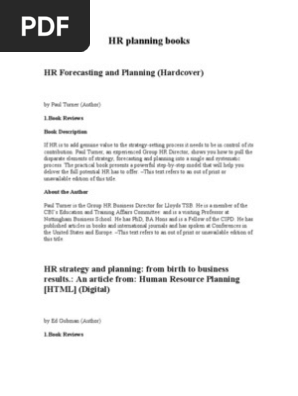0% found this document useful (0 votes)
304 views25 pagesHR Policy
HR policies outline guidelines for employment matters and achieving organizational goals. They encourage fair treatment, compliance with laws, consistent decisions, and protection for employees and the organization. An effective HR policy should be clear, precise, stable yet flexible, fact-based, just, reasonable, and periodically reviewed. It is developed through setting objectives, identifying needs, gathering information, examining alternatives, getting approval, and communicating the policy. The policy should establish the company, employment terms, benefits, payroll, workplace standards, and electronic policies.
Uploaded by
yousufCopyright
© © All Rights Reserved
We take content rights seriously. If you suspect this is your content, claim it here.
Available Formats
Download as PPT, PDF, TXT or read online on Scribd
0% found this document useful (0 votes)
304 views25 pagesHR Policy
HR policies outline guidelines for employment matters and achieving organizational goals. They encourage fair treatment, compliance with laws, consistent decisions, and protection for employees and the organization. An effective HR policy should be clear, precise, stable yet flexible, fact-based, just, reasonable, and periodically reviewed. It is developed through setting objectives, identifying needs, gathering information, examining alternatives, getting approval, and communicating the policy. The policy should establish the company, employment terms, benefits, payroll, workplace standards, and electronic policies.
Uploaded by
yousufCopyright
© © All Rights Reserved
We take content rights seriously. If you suspect this is your content, claim it here.
Available Formats
Download as PPT, PDF, TXT or read online on Scribd
/ 25











































































































